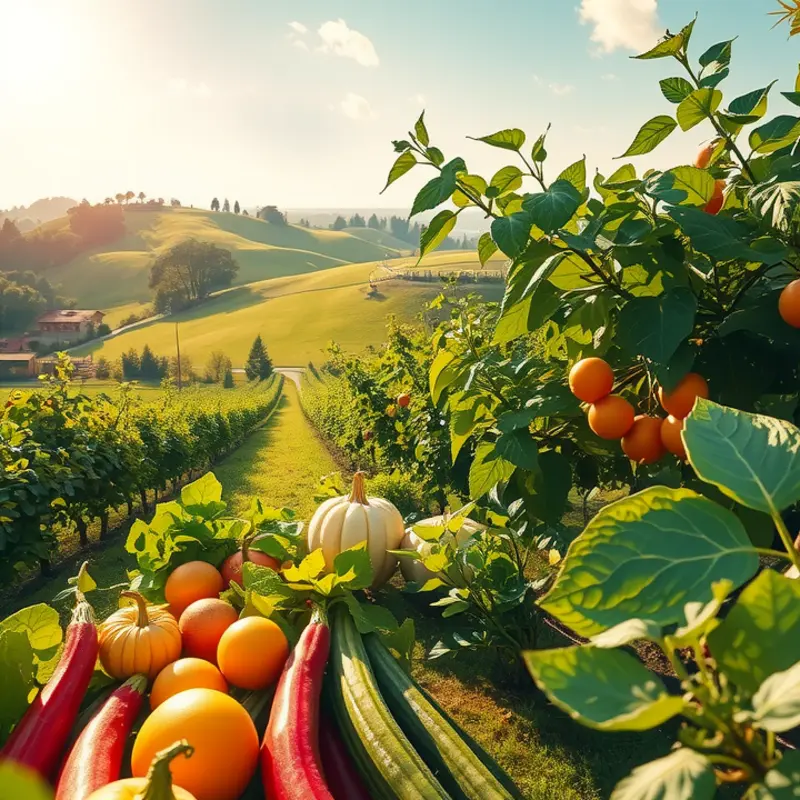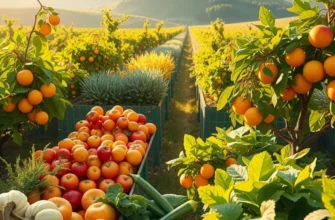Noodles are much more than a quick meal; they are a reflection of culture, tradition, and history across the globe. From the delicate strands of Japanese soba to the heartiness of Italian spaghetti, each country boasts its own unique noodle dishes that narrate their culinary stories. As we explore iconic noodle dishes from various corners of the world, we unravel the flavors, techniques, and traditions that make these meals a staple in their respective cultures.
Japan: The Art of Ramen

The journey of ramen in Japan is as rich and satisfying as the dish itself. Originating from Chinese noodle soups introduced during the late 19th century, ramen has been transformed by Japan into a symbol of culinary craftsmanship. Each slurp offers a testament to the cultural tapestry woven through time, blending imported influences with indigenous tastes.
Ramen’s allure lies in its complex, aromatic broths, made using traditional methods honed over generations. The key components typically include shoyu (soy sauce), miso (fermented soybean paste), and shio (salt) for seasoning the broth. Notably, tonkotsu ramen is defined by its creamy pork bone broth, achieved after hours of simmering, which offers an umami-rich base that pairs beautifully with the springy noodles.
Across Japan, regional variations add distinct notes to the story of ramen. In Hakata, the noodles are thin and firm, complementing the heavy, rich broth of tonkotsu. In contrast, Sapporo’s cold climate calls for a heartier bowl, using a miso-based broth topped with bean sprouts and corn, providing both warmth and sustenance. On the other hand, Tokyo’s ramen often features a clear, robust shoyu broth, reflecting the city’s fusion of tradition and modernity.
Preparation of ramen is an art form in itself. The noodles, typically made from wheat flour, salt, and a special alkaline mineral water called kansui, are crafted to balance the intensity of the broth. This marriage of texture and taste is central to ramen’s appeal. From the slicing of the chashu (braised pork) to the precise seven-minute egg boil, each step is performed with precision, delivering a multifaceted experience in every bowl.
Ramen shops, or ramen-ya, offer more than just a meal; they are hubs of social interaction and culinary exploration. Revered as casual dining spots, ramen-ya provide an unpretentious atmosphere conducive to communal dining. Patrons can be seen lining up beyond the entrance, eagerly anticipating the comfort that a steaming bowl of ramen promises.
The culture of ramen fosters a community of enthusiasts dedicated to seeking out the best bowls. This drive speaks to more than just appetite—it reflects a commitment to experiencing diverse tastes and textures, as well as an appreciation for the unique stories told through each regional recipe. As ramen travels beyond Japanese shores, it continues to inspire new adamant compositions, keeping its cultural significance vibrant.
For those keen on understanding the culinary landscape surrounding ramen, the careful preparation of sauces and ingredients is crucial. Exploring safer food storage practices can enhance your ramen-making endeavors, ensuring your ingredients maintain their quality and flavor (learn more here).
Thus, ramen is more than just a dish; it is both a canvas for creativity and a celebration of Japan’s dynamic food heritage. Each bowl invites you to savor a legacy—and perhaps, to explore your own culinary boundaries.
Italy: Spaghetti – A Timeless Classic

In Italy, spaghetti transcends its status as mere food; it is a symbol of the nation’s culinary soul. Since its embarkation from Naples centuries ago, spaghetti has woven itself into the fabric of everyday life, from cozy family gatherings to elaborate festive banquets. Its universal appeal lies in its versatility and the ability to absorb various flavors, providing endless opportunities for culinary creativity.
Spaghetti, typically made from durum wheat semolina, holds a firm bite even after cooking—an essential feature known as al dente. This quality makes it the backbone of numerous classic Italian dishes. In Italy, the sauce is seen as an accompaniment, not the main event, allowing spaghetti to shine in its simple glory.
Regional variations of spaghetti reveal Italy’s diverse culinary landscape. A dish often hailed as the epitome of Roman cuisine is spaghetti alla carbonara. This classic blend of eggs, cheese, pancetta, and pepper demonstrates a unique harmony of richness and simplicity. The dish celebrates the tradition of using minimal yet robust ingredients, a hallmark of Italian cooking.
Traveling southward, one encounters spaghetti aglio e olio, a dish that embodies the soul of Neapolitan street food. Made with just garlic, olive oil, and chili flakes, its deceptive simplicity belies a depth of flavor that captivates the palate. Often, the best artisanal olive oils are employed, highlighting the importance of using high-quality ingredients for maximum flavor.
Further north, the robust flavorings of spaghetti all’arrabbiata can be more attuned to colder climates. The fiery kick from red chili peppers embraces a bold tomato base, creating a vibrant plate that excites the senses. The name arrabbiata, meaning ‘angry’ in Italian, reflects the spices’ heat, making for an exciting culinary adventure.
To prepare authentic Italian spaghetti at home, start by selecting the right pasta. Opt for spaghetti made from pure semolina and avoid quick-cook options. Use a large pot of well-salted water—Italians often say the water should be “as salty as the sea”. Reserve a cup of pasta water before draining, as this starchy liquid can thicken your sauce.
Choose fresh ingredients for your sauce. Whether it’s fresh tomatoes for a quick pomodoro, or quality eggs and cheese for a perfect carbonara, each element matters. Master timing—stir your sauce swiftly and combine it with hot pasta to allow flavors to meld perfectly.
Balancing flavors is key, so consider how sauces augment the spaghetti threads. For tips on enhancing flavors without overwhelming the pasta, you might find this guide on flavor boosters without salt useful.
The beauty of spaghetti rests in its celebration of simplicity and tradition. As you embrace Italian cooking techniques at home, remember that the dish’s soul lies in its simplicity, quality, and a dash of amore—love. Letting these pillars guide you can transform a humble spaghetti dish into a timeless classic, honoring Italy’s rich culinary heritage.
Final words
From the savory pleasures of Japanese ramen to the comforting embrace of Italian spaghetti, noodles serve as a beloved staple across the globe. Each dish not only nourishes but also tells a unique story of its culture and people. Whether you’re slurping up noodles in a bustling Tokyo eatery or enjoying a classic plate of pasta in a quaint Italian trattoria, you’re part of a centuries-old culinary tradition that transcends borders. So, the next time you indulge in your favorite noodle dish, take a moment to appreciate the rich tapestry of history and flavors that it embodies.








